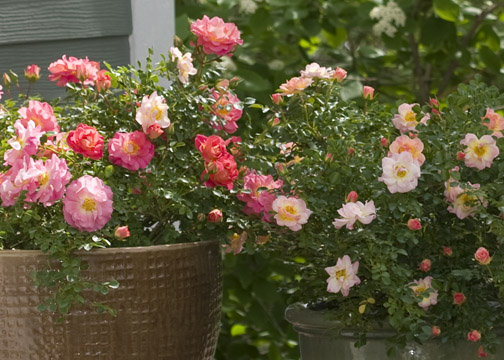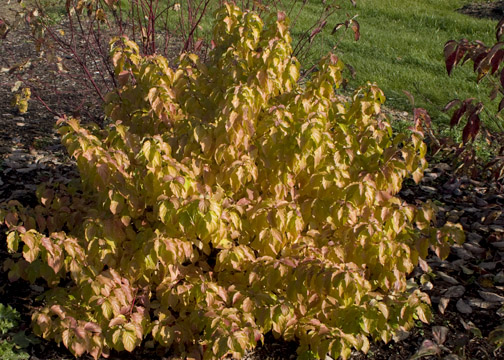I just got back from plant hunting in Japan. And while I am thrilled with the plants we found I'm also thrilled to be sleeping in my own bed again. Now that I've finally caught up with my email inbox and I'm mostly recovered from my jet lag, I’m ready to share some thoughts, sights and plants from Japan.
I've been to Japan a number of times and each trip has been unique and interesting in its own way, but in general terms I've come away with some consistent yet contrasting impressions. My most overwhelming impression of Japan is that it's crowded. It is packed full of people, cities, buildings, cars and triple decker highways.
 |
| A new tower being added to the vast Tokyo Skyline |
 |
| Three dimensional car parking is quite common in Japan |
 |
| Double decker and triple decker highways |
In complete contrast to this sensation, Japan can be, when out in the country side, breathtakingly beautiful in its natural and historical beauty. The dark, Cyrptomeria covered mountains, the rich, botanically diverse flora and the scattered, plant laden temples all impart a strong, lasting impression. Once outside the cite there are delightful surprises around every corner.
 |
| It can take a bit of time to get out of town but it's well worth it. |
 |
| A wayside temple in a small mountain village |
 |
| Temple statues greet me at the entrance. |
But even high in the mountains, or hours out of town, there signs that remind me that civilization is still close at hand; a cell phone tower, miles of utility lines or an endless field of misplaced Chinese Maiden grass Miscanthus sinensis
 |
| An old hilltop castle. Note the cell tower. |
 |
| Miscanthus grass as far as the eye can see. |
The diversity of plants in Japan, both in the wild and in the nurseries, makes an impression. It is exciting for to me to see common garden plants such as Styax, Weigela, Euonymus, and Japanese maple, Acer palmatum, growing in their natural habitat. It helps me to better appreciate our own native plants even more. It is also a rush to see the wealth of cultivated varieties found in the nurseries and garden centers. While the nurseries are difficult to navigate (the tags use Japanese characters) they are a treasure trove for plant geeks, overflowing with hundreds of selections never (or rarely) seen in North American. Name any species of plant and you will find a variegated version (or several versions) in Japan.
 |
| A treasure hunt for plants at a Japanese nursery |
 |
| Smilax is a Michigan native. We discovered a variegated form in Japan. |
Contrasting this huge selection of plants is the typically small Japanese yard that has very little room for plants. In Japan many plants are grown and sold for gifts. Just as we might bring a bottle of wine when calling on friends, a Japanese visitor would consider it in good taste to bring a live plant (it has been my experience that plants do last longer than wine). These plants are then displayed on the patio, balcony or are clustered about the home entrance. This is how most Japanese people garden.
 |
| Those that have homes typically have small yards. Container plants are common. |
Over all, my impression of Japan is that it's quite different from America. Yet at the same time is not so different. When talking plants with a nurseryman or evaluating seedlings with plant breeder, it turns out we are very much alike in our passion for plants and nature. I've found this to be the case no matter where I travel.
 |
| A hearse of a different color. |











































